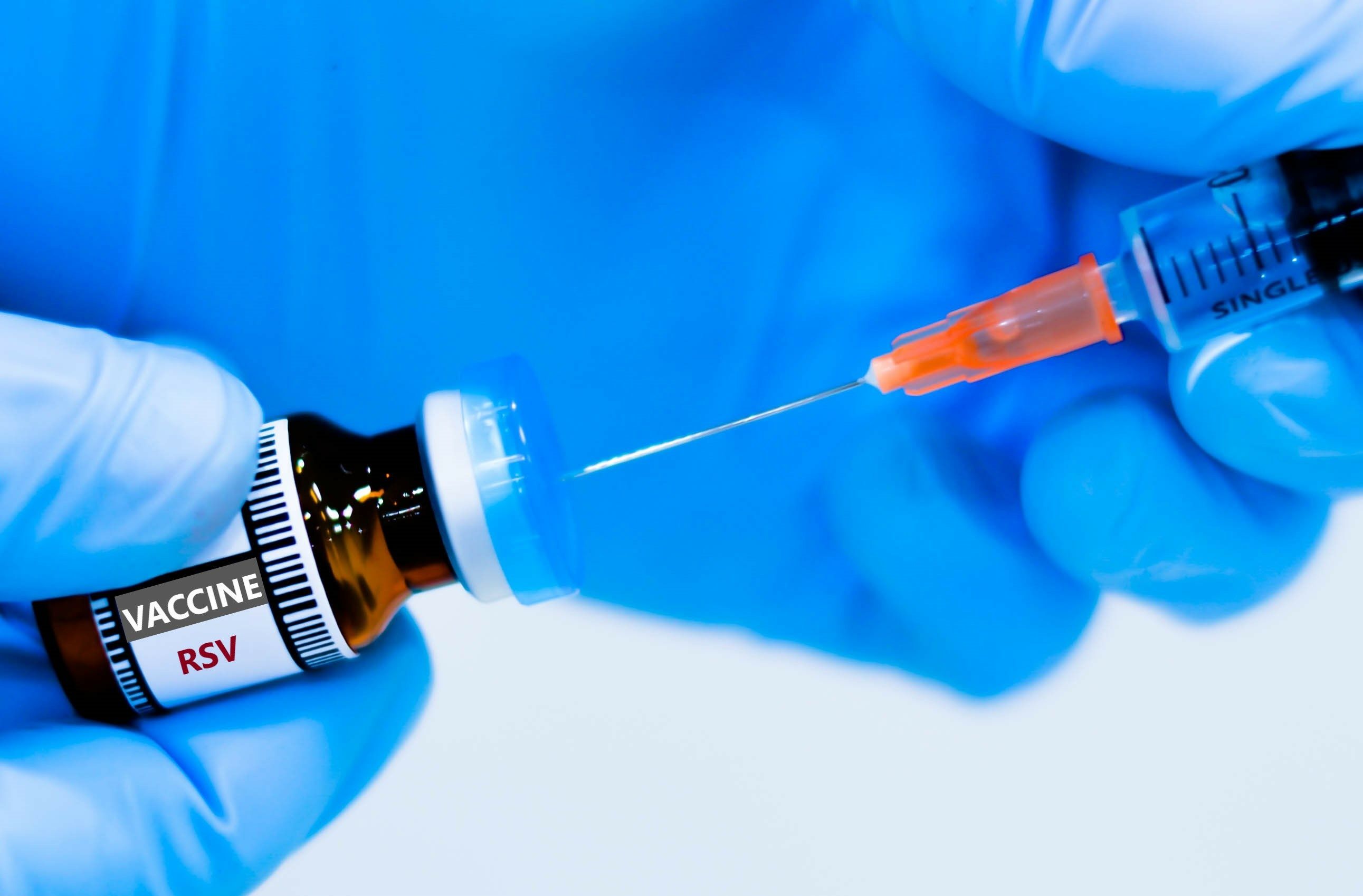Article
Underprivileged African-Americans Have Higher Risk for Heart Disease
Author(s):
Recent research findings may help health care professionals participating in a new Affordable Care Act payment model identify patients at greatest risk for cardiovascular disease (CVD).
Recent research findings may help health care professionals participating in a new Affordable Care Act payment model identify patients at greatest risk for cardiovascular disease (CVD).
The Million Hearts CVD Risk Reduction model was introduced at a White House Conference on Aging regional forum on May 28, 2015, as a “data-driven, widely accepted predictive modelling approach to generate personalized risk scores and modification plans for patients.”
The goal of the initiative is to lower CVD risk for Americans, 610,000 of whom die from heart disease every year, according to the US Centers for Disease Control and Prevention.
The US Centers for Medicare and Medicaid Services is now accepting applications from health care providers to participate in the program, which will pay them for reducing their patients’ absolute risk for heart disease or stroke.
Health care professionals partaking in this initiative will consult with patients one-on-one to identify their risk for a heart attack or stroke in the next 10 years, according to the program. Once this risk percentage has been determined, providers will develop a plan for patients to reduce their odds of CVD. This may include encouraging patients to quit smoking or to start taking cholesterol-lowering treatments or aspirin.
Providers in this program may already identify greater CVD risk in underprivileged African-American patients, according to a study published in The Journal of the American Heart Association.
Seeking to determine whether individuals’ socioeconomic status could predict CVD, researchers used data from the Jackson Heart Study to examine 5301 African-American individuals aged 21 to 94 years. Over a 7-year follow-up period, 362 new or recurrent CVD events occurred.
The results of the study demonstrated lower income was associated with CVD events among African-American women, especially. Underprivileged African-American women had twice the risk of experiencing a CVD event compared with those who had higher socioeconomic status.
Wealth was the strongest predictor of CVD events in the study, with less clear associations spotted among education and public assistance.
“Our findings underscore the need for increased awareness and education about prevention and early detection and treatment of CVD in African-American women and younger adults of low socioeconomic status,” said lead author Samson Y. Gebreab, PhD, MSc, a research scientist at the National Human Genome Research Institute, in a press release. “This is especially true because African-Americans generally have less access to health care and are less likely to undertake routine physical examination, despite their increased risk for CVD.”






